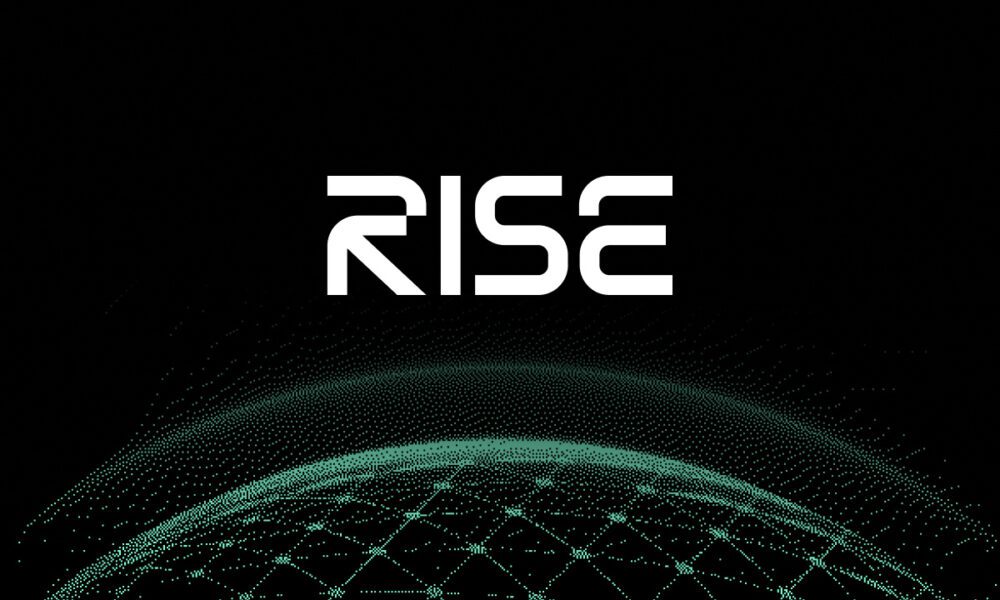Study reveals 137 countries representing 98% of global GDP now building CBDCs as physical cash faces obsolescence by 2028
13 November 202– New research from the Venom Foundation on central bank digital currencies and stablecoins shows the global financial system is undergoing its fastest transformation in history. The study “The End of Traditional Money: How Asia and MENA Are Rewriting Global Finance” finds that physical currency will become largely obsolete within 36 months.
According to the data, 137 countries representing 98% of global GDP are actively developing CBDCs, with major launches scheduled between 2025 and 2028. China’s digital yuan has processed $986 billion in transactions. India’s digital rupee circulation grew 334% in one year. The UAE will launch its Digital Dirham in Q4 2025.
Stablecoin market projected to reach $2 trillion by 2028.Private stablecoins will grow from $246 billion today to $2 trillion within three years. Every major economy introduced stablecoin regulations in 2024-2025: the EU’s MiCA, US GENIUS Act, and frameworks in UAE, Hong Kong, Japan, Singapore, and Thailand. B2B stablecoin transactions already exceed $36 billion annually.
Project mBridge threatens dollar payment dominance. The platform connecting China, UAE, Thailand, Hong Kong, and Saudi Arabia reached minimum viable product status in mid-2024. It bypasses SWIFT, eliminates $120 billion in annual correspondent banking costs, and settles transactions in seconds. Twenty-six central banks now participate as observers.
Asia and MENA lead through regulatory clarity and infrastructure. Singapore, UAE, Hong Kong, Bahrain, and Japan established clear licensing regimes while Western nations debated frameworks. Digital remittances already constitute nearly half of global remittances. The $685 billion in annual remittances to developing countries currently costs 6.4% on average and digital currencies could reduce this significantly.
The UAE Digital Dirham will launch in Q4 2025. Russia’s digital ruble will enter wide-scale adoption in 2025. India’s digital rupee will transition to mass deployment in 2026. By 2028, the research forecasts stablecoins reaching $2 trillion, cash transactions becoming a minority in major economies, and correspondent banking volumes declining over 40%.
Commercial banks face disintermediation as central banks offer direct digital currency access. Payment processors confront obsolescence as blockchain enables peer-to-peer settlement. Stablecoin issuers face regulatory compliance costs exceeding $10 million annually.
Nations are reducing dependence on dollar-based infrastructure. Sanctions effectiveness may decline as alternative payment rails proliferate. Regional integration is accelerating through digital currency cooperation in the GCC and ASEAN. The research identifies cybersecurity threats, privacy concerns, and financial stability risks as major challenges. Regulatory fragmentation complicates cross-border interoperability.
For Financial Institutions: Digital currency integration is an immediate operational imperative, not a medium-term strategic question. Banks must evaluate CBDC compatibility and blockchain settlement infrastructure now.
For Central Banks: Rapid advancement of cross-border platforms demonstrates that international coordination on standards cannot wait. Frameworks developed in 2025-2026 will shape monetary infrastructure for decades.
For Corporations: With B2B stablecoin transactions exceeding $36 billion annually, treasury departments need to assess digital currency integration for cross-border payments and supply chain finance.
For Technology Providers: The transition requires institutional-grade blockchain platforms capable of handling millions of daily transactions with built-in regulatory compliance.
The study by the Venom Foundation synthesizes data from the Bank for International Settlements, International Monetary Fund, World Bank, Atlantic Council CBDC Tracker, and over 20 central banks. The analysis covers CBDC developments across 15 countries, examines 10 cross-border digital currency pilots, and reviews regulatory frameworks from 20 jurisdictions.
About Venom Foundation
Venom Foundation is a fintech company founded in Abu Dhabi, specializing in the development and implementation of high-performance blockchain solutions. Venom’s mission is to provide blockchain infrastructure that streamlines financial services and is adaptable and scalable to the needs of massive national and international enterprises.
Venom Foundation specializes in the creation, deployment, and integration of decentralized applications and services with a focus on security, speed, and regulatory compliance. The Venom network provides throughput capacity of up to 150,000 TPS with minimal fees and 99.99% uptime, supporting an ecosystem of DeFi, NFT, gaming, and enterprise solutions.
For more information about the company and services:
https://venom.foundation
https://t.me/VenomFoundationOfficial
https://x.com/venomfoundation
https://discord.com/invite/venomfoundation
MEDIA CONTACT
Company: Venom Foundation
Contact Person: Irene Kol
Email: irene.kol@venom.network
City: Abu Dhabi
Country: United Arab Emirates
Website: https://venom.foundation



































